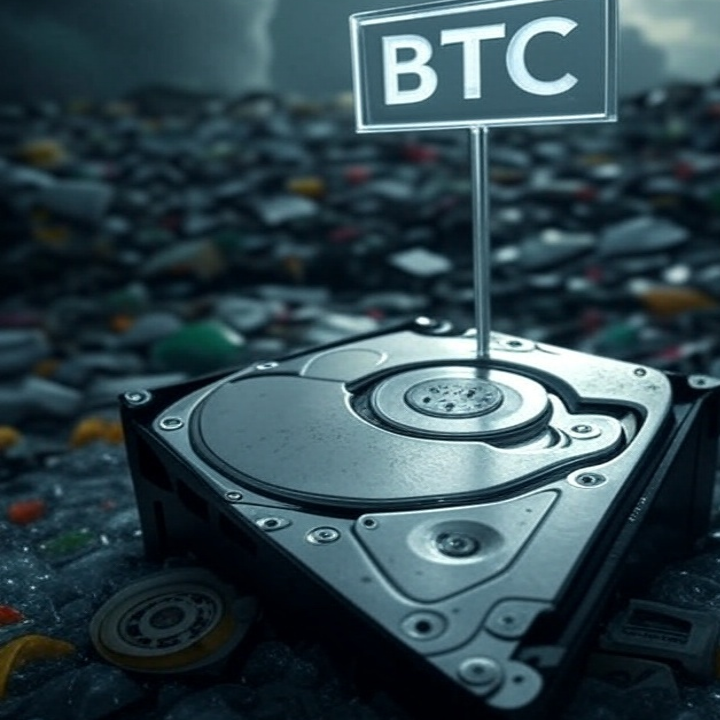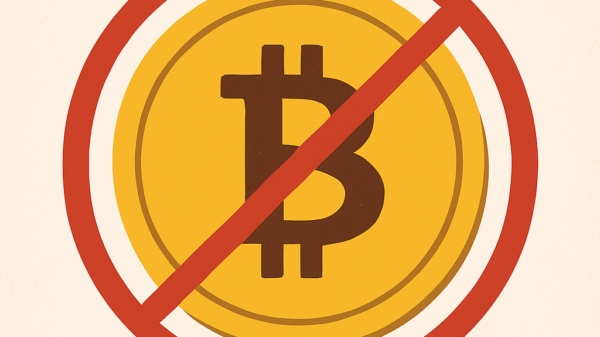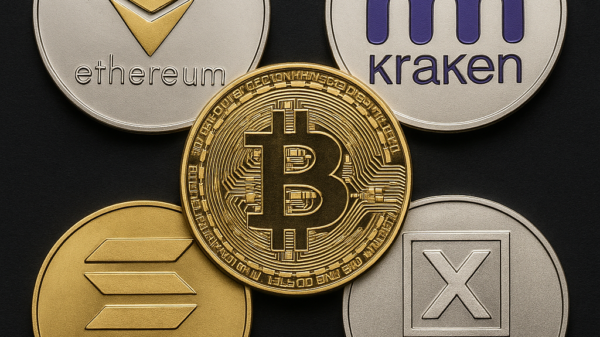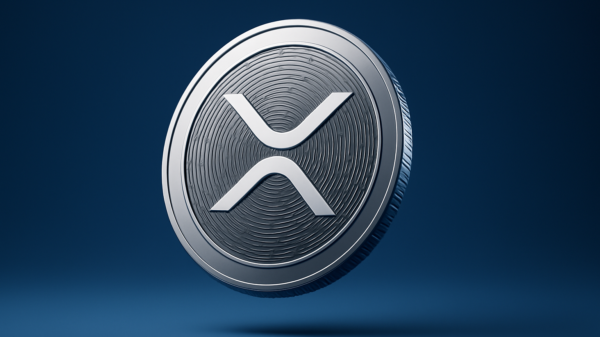An IT worker from Newport, South Wales could be forced to walk away from a decade long search to recover a fortune in misplaced cryptocurrency.
James Howells is an IT worker from Newport, South Wales. Back in 2013, James Howells, an IT worker, had misplaced a hard drive containing the private keys to a digital treasure trove worth USD$8 million. That’s approximately 8,000 Bitcoin in 2013 time. Even then that’s a lot of money. But it’s not quite enough to anticipate what would happen to Bitcoin’s fortunes in the coming years.
Since then, Howells quest has included legal battles, high-tech plans and a lost fortune ultimately buried under tons of garbage. Now, there’s even a documentary detailing this peculiar story.
Howells accidentally discarded a hard drive during a routine office cleanup. That drive held the private key to his Bitcoin wallet. At the time, Bitcoin remained a speculative asset with modest value. Few could have predicted how quickly its price would rise.
That digital fortune would be worth approximately USD$742 million in 2025. He never saw the hard drive again.
As Bitcoin prices soared, Howells grasped the scale of his mistake. At first, the error felt frustrating but manageable. However, over time, it became a financial nightmare.
Desperate to recover his lost wealth, Howells launched efforts to find the hard drive. Yet the task proved far more complex than expected. After all, the drive lay buried beneath thousands of tons of refuse.
Howells stayed determined. He proposed an ambitious recovery plan using high-tech tools like AI-powered drones and robotic systems. His goal was to search the landfill safely, without harming the environment.
Read more: Bit Digital subsidiary closes huge property acquisition for high performance computing flagship
Read more: Digital advertiser Thumzup Media joins Russell microcap index
Legal hurdles kept piling up
Howells also offered to foot the bill for the entire project. He only asked the Newport City Council for permission to access the landfill.
However, local officials firmly resisted Howells’ efforts. They cited serious risks. For example, disturbing the landfill could release toxic gases and contaminate water. As a result, they refused to grant him access.
UK waste laws added further obstacles. By law, anything discarded in a landfill belongs to the site. Digging it up could violate strict waste disposal regulations and cause environmental harm.
Howells faced a twofold battle against both local authorities and the legal system. Despite his persistence and detailed recovery plans, legal hurdles kept piling up.
By 2024, a British judge ruled that his efforts had “no realistic prospect” of success. This came after 11 years of failed attempts and technical assessments showing how difficult recovery would be.
The judge cited multiple issues. Moisture, pressure, and temperature swings likely destroyed the drive after a decade underground. UK laws also impose time limits on legal claims, which further weakened his case.
Even if officials had approved the project, experts doubted the drive had survived in usable condition.
With the court’s ruling, Howells’ pursuit came to an official end. What began as a simple office mistake had turned into a cautionary tale of digital wealth. He hasn’t given up yet, though.
“This is the first time I’ve been able to show the world exactly what we want to do at the landfill site,” Howells said. Despite the court ruling against him, he insists, “I’m not giving up the fight.”
Read more: VeChain enhances interoperability with deal with Wanchain
Read more: The SEC sues Unicoin for fraudulently claiming tokens were backed by Real Estate
Bitcoin’s early history is full of these stories
The world of Bitcoin is full of peculiar stories about people who otherwise discarded or otherwise misplaced a fortune without actually knowing what it was they were doing. Most of these involve technological dysfunction—it’s the lost password or misplaced key—but some involve not really understanding the potential value of what they were giving up.
Bitcoin’s early history is full of these types of stories. One of the most famous examples is Laszlo Hanyecz, a programmer who paid 10,000 Bitcoins for two pizzas in 2010. This is widely considered the first real-world Bitcoin transaction. Today, that same amount would be worth a little north of USD$1 billion. Hanyecz later reflected on the transaction as a milestone, though it became a symbol of Bitcoin’s misunderstood potential.
Others made similar mistakes. In the early days, some users treated Bitcoin like arcade tokens, spending hundreds or even thousands of them on trivial items, unaware of the long-term value. Online forums from 2011 and 2012 reveal posts where people bought pizza, electronics, or even socks with what would now be multimillion-dollar digital wallets.
Another striking case is that of Stefan Thomas, a German-born programmer who lost access to 7,002 Bitcoins stored on an encrypted USB drive. He forgot the password and had only a few guesses left before the device would permanently lock. His story, like many others, highlights a key truth about Bitcoin. The currency’s value is inseparable from the security and accessibility of the private keys that protect it.
.














